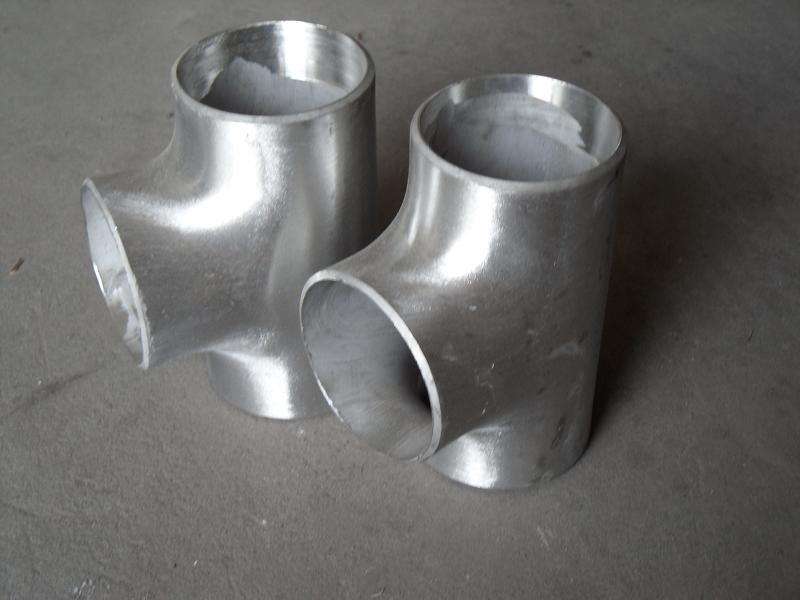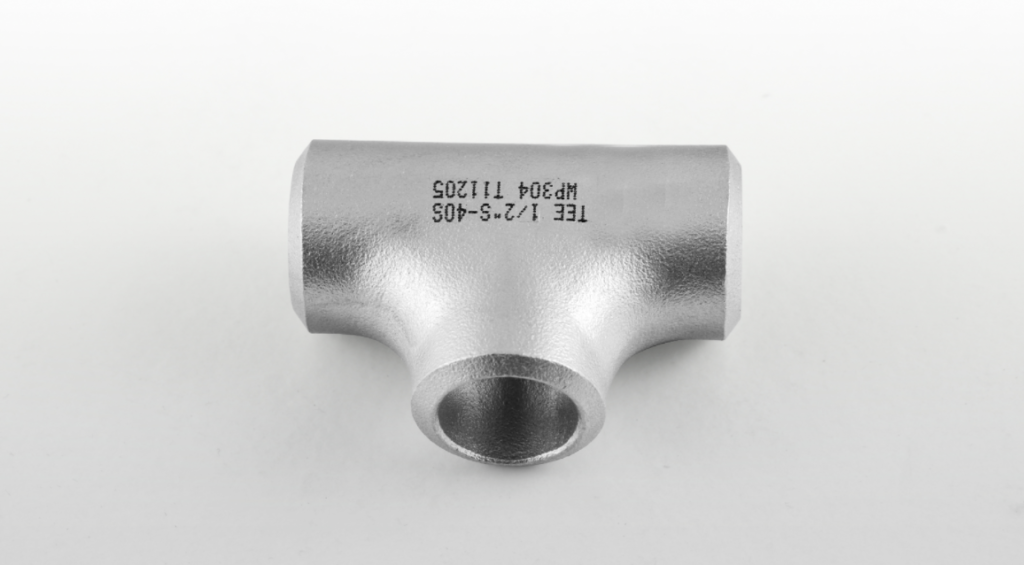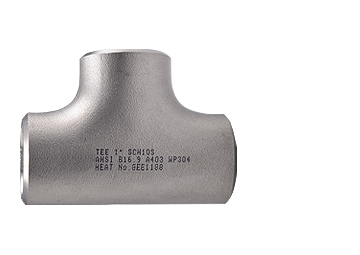Classification, specifications, materials and applications of tee pipes
What are the classifications of tee pipes?
What are the specifications of the tee pipe?
What are the materials of tee pipes?
Tee pipes, often referred to as pipe tees or tees, are a type of pipe fitting with a T-shaped design.
They serve the purpose of allowing the connection of three pipes or tubing sections at a right angle, forming a T-junction.
Tee pipes come in various materials such as stainless steel, carbon steel, and other alloys, making them versatile for use in diverse industries, including plumbing, construction, and industrial applications.
These fittings play a crucial role in directing the flow of fluids or gases in a piping system and are available in different sizes and configurations to suit specific project requirements.

What are the classifications of tee pipes?
Design
Equal Tee (Straight Tee)
Reducing Tee
End Connections
Butt Weld Tee
Socket Weld Tee
Threaded Tee
Materials
Stainless Steel Tee
Carbon Steel Tee
Alloy Steel Tee
Applications
Plumbing Tee
Industrial Tee
Construction Tee

What are the specifications of the tee pipe?
| Specification Category | Description |
|---|---|
| Design | Equal Tee, Reducing Tee |
| Materials | Stainless Steel (e.g., ASTM A403/A403M – 304, 316), Carbon Steel (e.g., ASTM A234/A234M – WPB), Alloy Steel (e.g., ASTM A234/A234M – various alloys) |
| End Connections | Butt Weld Tee (ASME B16.9), Socket Weld Tee (ASME B16.11), Threaded Tee (ASME B16.11) |
| Pressure Ratings | Varies based on material, dimensions, and design specifications, typically in psi or MPa |
| Size Range | Available in a range of sizes, specified by Nominal Pipe Size (NPS) or diameter |
| Standards/Certifications | Compliance with industry standards such as ASTM, ASME, and specific application-related specifications. Certifications may include Material Test Reports (MTRs) and adherence to quality control standards. |
What are the materials of tee pipes?
Tee pipes, or pipe tees, are manufactured using a variety of materials to cater to different applications and operational conditions.
Stainless steel tee pipes, commonly made from grades like 304 or 316, offer excellent corrosion resistance, making them suitable for applications where exposure to corrosive elements is a concern.
Carbon steel tee pipes, often produced in grades like WPB, provide strength and durability, making them well-suited for industrial applications with high structural demands.
Additionally, alloy steel tee pipes, crafted from various alloy compositions, are chosen for their enhanced properties, such as increased resistance to corrosion or improved strength, depending on the specific alloy used.
The selection of tee pipe material is crucial and depends on factors like the nature of transported fluids, operating conditions, and the desired longevity of the piping system.

Application of tee pipe
Piping Systems:
Tee pipes are extensively used in piping systems to create T-junctions, allowing for the efficient distribution of fluids or gases in different directions.
Plumbing Systems
In residential, commercial, and industrial plumbing, tee pipes are crucial components.
Process Industries
Tee pipes are integral in process industries such as chemical, petrochemical, and pharmaceuticals.
Construction Projects
Tee pipes are utilized in construction projects for both residential and commercial buildings.
Oil and Gas Industry
In the oil and gas sector, tee pipes are used in pipelines for the transportation of crude oil, natural gas, and other petroleum products.
HVAC Systems
Tee pipes are incorporated into heating, ventilation, and air conditioning (HVAC) systems to manage the flow of air or refrigerants.
Industrial Equipment
Tee pipes play a role in connecting various components of industrial equipment, ensuring the proper functioning of systems such as boilers, heat exchangers, and pressure vessels.
